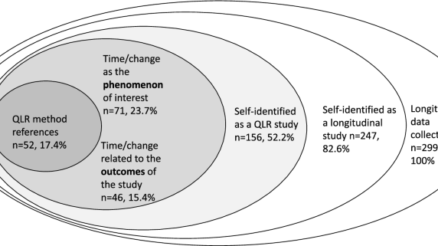Cognitive Behavioral Therapy (CBT) is a type of psychological treatment that has proven to be effective for a variety of psychological and mental health problems; most notably depression, anxiety, anxiety disorders, substance abuse, eating disorders and severe mental illness. There are many research studies that suggest that CBT results in significant improvement in both functioning and overall quality of life. There have been numerous studies that have shown CBT to be as effective as, or in some instances more effective, than other types of psychological therapy and/or psychiatric medications. CBT is the result of decades of scientific research into the human mind and what can make us feel better or worse in any given situation.
CBT centers around three core beliefs:
- Mental health problems are a result, in part, of negative or unproductive ways of thinking.
- Mental health problems are a result, in part, of learned patterns of unhelpful behavior.
- People who suffer with mental health problems can develop better ways of managing them, which results in relief of their symptoms and becoming more effective in their daily lives.
Cognitive behaviour therapy focuses on our thoughts, feelings and resulting behaviour. It also focuses on how certain patterns of thinking, reacting, and feeling in challenging situations can result in problematic chain reactions. Cognitive Behaviour Therapy Exercises aim to break down difficult thoughts and feelings into these individual parts, which in turn helps to highlight where and when intervention may be helpful or necessary. CBT primarily involves effort and strategies to change thinking patterns, to build awareness and recognition of one’s distorted thinking, and to reframe these thoughts in light of reality. It also aims to increase awareness of the behaviour and motivations of those around us. Below we will explore several of the most commonly used Cognitive Behaviour Therapy Exercises that are simple and proven to be effective:
-
Activity Scheduling
This exercise can help those who tend to put off certain actions or activities due to fear, anxiety or depression. Something as simple as keeping a calendar and scheduling these typically avoided activities (making phone calls, for example) can be very helpful. Once the decision to complete these activities has been made, as well as the day/time to complete it, following through can feel much more manageable.
-
Mindfulness Meditation
Learning how to relax your mind and body can be a very helpful and effective form of therapy. Shallow breathing and tense muscles have both been linked to anxiety and depression. Developing awareness of one’s body and various sensations associated with stress and anxiety are great first steps towards mastering the ability to relax, even in the midst of a difficult time. One simple exercise is taking 2 minutes to regulate your breathing. When we exhale longer than we inhale, our body gets the message to engage in “rest and digest” mode as opposed to the fight or flight response. Meditating on one’s breath, our most basic life force, and concentrating on the sensation and rhythm of breathing has been proven to increase one’s sense of clarity and peacefulness as well as improved focus and attention.
-
Journaling and Thought Records
Writing is one of the oldest and most effective forms of CBT. A writing exercise can be as simple as keeping a list of any and all negative or intrusive thoughts you may experience over the course of a week. For each negative thought, you can write a positive thought that you could choose to replace it. Another great exercise is to journal about new thoughts, feelings and behaviors you may be experiencing as a result of your work with your therapist. This can be a great way to track your progress and boost your confidence in the work you are doing.
-
Successive Approximation
Successive Approximation is the simple exercise of breaking down tasks that feel impossible or overwhelming into smaller more manageable parts. Each step builds on the previous one, which in turn helps to build confidence and a sense of accomplishment while encouraging one to continue on to the next task.
-
Graded Exposure
Graded exposure, or exposure therapy, can be helpful when one is confronting or facing extreme fears and phobias. This exercise is one of the most effective and important steps for managing fear and anxiety. Exposure works by gradually and repeatedly entering or experiencing sources of extreme fear. Beginning with items that cause lower levels of anxiety can help work up to facing other things that cause much higher levels of anxiety.
-
Role-Playing
Role-playing can be a low-stress way to work through certain behaviors and challenging situations. Playing through these situations can help to lessen fear and anxiety surrounding them as well as help to improve basic problem-solving skills, increasing familiarity and comfort in certain situations, and improve communication skills.
Not all of these strategies will be employed by your therapist. Instead, you will work with your therapist to create a custom collaborative treatment plan to help deepen the understanding of the challenges that are specific to you and what strategies would be most effective in treating them. While CBT is initially done with an experienced certified therapist, it also focuses on teaching clients how to be their own therapist as they encounter stress or difficult situations in their everyday lives. Through exercises done during sessions as well as those given to practice independently, clients are taught to create and practice their own coping strategies. In turn, this helps to reprogram the brain and create new patterns of thoughts, feelings and subsequently, behavior. To learn more about Cognitive Behaviour Therapy Exercises and how they might help you visit:
https://naturalchoicemedicalclinic.com/our-team/alicia-gillett-msw-rsw/





